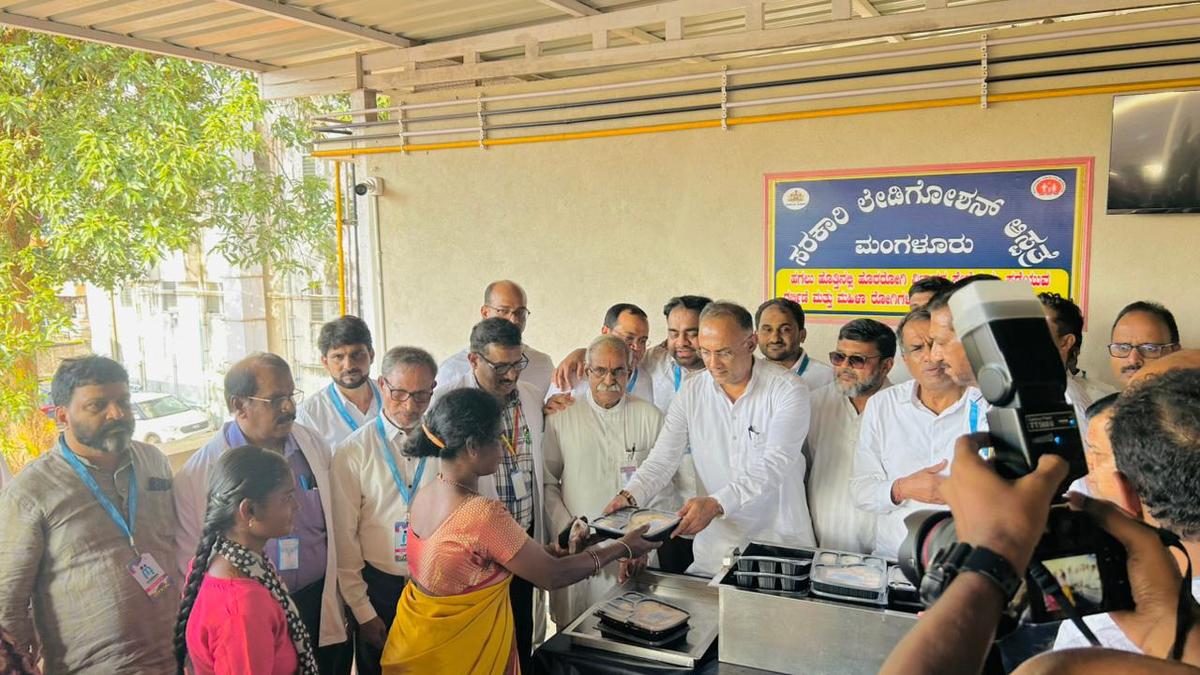Copyright brecorder

Pakistan’s agricultural regions have been facing severe impacts of climate change and air pollution over the past few years. Among these, the most alarming issue is smog, which has evolved from a seasonal phenomenon into a persistent environmental crisis. Smog is essentially a mixture of fog and smoke resulting from human activities, industrial emissions, vehicular exhaust and particularly the burning of crop residues. When nitrogen oxides, sulfur dioxide, carbon monoxide and other particulate matter combine with moisture in the air, sunlight triggers a toxic chemical reaction, the result of which is smog. According to recent reports from the Air Quality Index (AQI), cities such as Lahore, Sheikhupura, Narowal, Kasur and Faisalabad have ranked among the most polluted in the world in recent years. On certain days, AQI levels in these areas exceed 400, posing extreme danger to human health. This toxic air not only threatens urban populations but also impacts agricultural productivity, livestock and the natural respiratory balance of ecosystems. Environmental experts point out that the fine particulate matter (PM2.5) present in smog is the most harmful to the human body. With an average diameter of just 2.5 microns, these particles penetrate the lungs and enter the bloodstream through respiration. They cause eye irritation, skin allergies, respiratory illnesses, asthma, heart diseases and neurological disorders. According to the World Health Organization (WHO), millions of deaths each year in South Asia are linked to diseases caused by air pollution. One of the critical aspects of smog is its adverse effect on crop production. Photosynthesis, the process through which plants produce food from sunlight, is disrupted when suspended particles block solar radiation from reaching the earth’s surface. As a result, plants fail to efficiently convert carbon dioxide into glucose, slowing their growth. In recent years, noticeable declines have been recorded in the yields of potato, wheat, chickpea and other Rabi crops across Punjab, with smog identified as a major contributing factor. In districts of central and southern Punjab including Kasur, Okara, Lodhran, Khanewal, Vehari and Bahawalpur, agricultural experts have reported a 10 to 30 percent decline in average crop yields over the past few years. Scientific research indicates that reduced sunlight penetration due to smog affects the size and weight of crop grains. A study by the National University of Sciences and Technology (NUST) found that wheat grains in high-smog districts were up to 46 percent lighter, directly lowering overall yields. Similarly, substantial reductions in chickpea and potato yields have been observed in southern Punjab, attributed to reduced light and impaired photosynthesis caused by polluted air. The burning of crop residues is regarded as one of the main causes of smog. Burning rice straw alone emits approximately 13 tons of carbon dioxide, 60 kilograms of carbon monoxide, 4 kilograms of sulfur dioxide and several other toxic gases per acre. These emissions not only pollute the air but also severely damage soil fertility. Beneficial microorganisms responsible for decomposing organic matter and enriching the soil are destroyed by intense heat. Consequently, the soil structure becomes compact and loses its ability to retain moisture. It is a well-documented fact that Punjab’s rice-wheat belt produces nearly 8.5 million tons of agricultural residues annually, of which around 4 million tons are burned. The gases released from this practice not only aggravate winter smog but also deplete the natural fertility of the soil. As the soil hardens, plant roots struggle to absorb water and nutrients, reducing the efficiency of fertilizers and increasing financial losses. The Government of Punjab has imposed a ban on the burning of crop residues. Under the Environmental Protection Act, violators face fines of up to Rs. 30,000 per acre and legal action. However, legislation alone is not sufficient; practical measures, awareness campaigns and the provision of alternative technologies are essential. Modern agricultural practices such as Zero Tillage, Happy Seeder and Raised Bed Planting offer sustainable alternatives by incorporating residues into the soil rather than burning them. This not only adds organic matter to the soil but also improves soil structure and enhances water-use efficiency for subsequent crops. Moreover, it is imperative to involve farmers in environmental education and training programmes. Once farmers understand that burning residues depletes soil fertility and reduces future yields, they will willingly abandon the practice. To achieve this, the Department of Agriculture, the Environment Department and research organizations such as CCRI, PARC and PCCC must work under a coordinated strategy. To overcome smog, it must be recognized that this is not merely an issue of air pollution but a multidimensional challenge affecting agriculture, industry, health and the economy. Unless we collectively change our policies and practices on scientific grounds, neither the air will clear nor will the soil remain fertile. While burning crop residues may provide temporary convenience, its consequences manifest as long-term environmental devastation. What is urgently needed is the promotion of sustainable farming systems, clean energy sources and eco-friendly technologies to ensure a healthy, fertile and safe environment for future generations. Copyright Business Recorder, 2025



